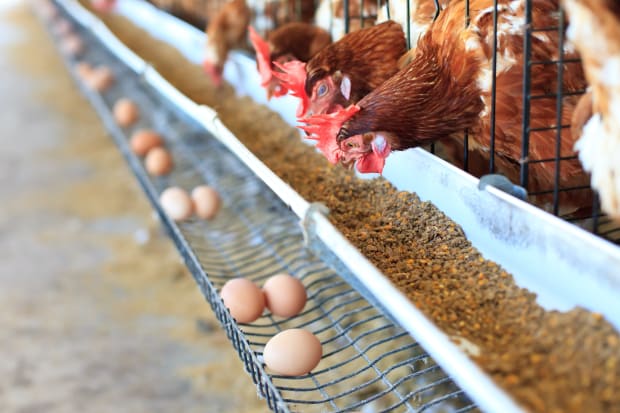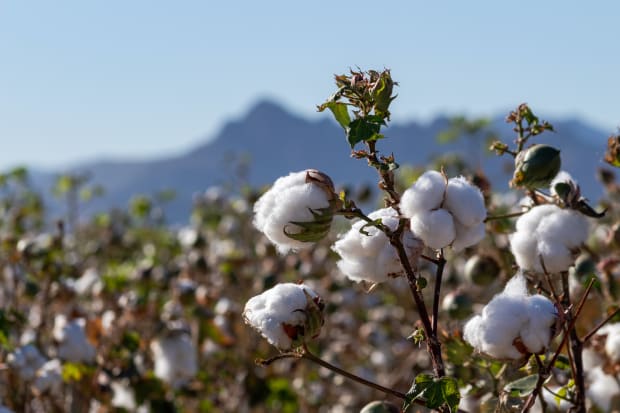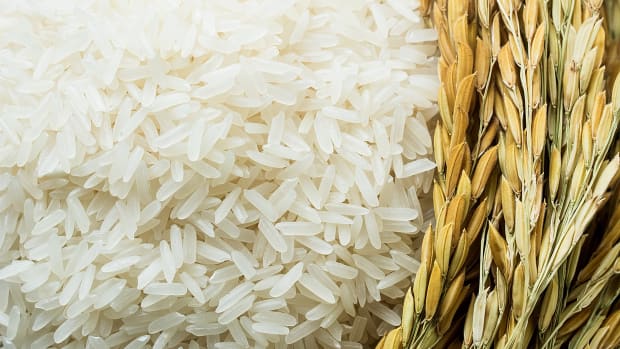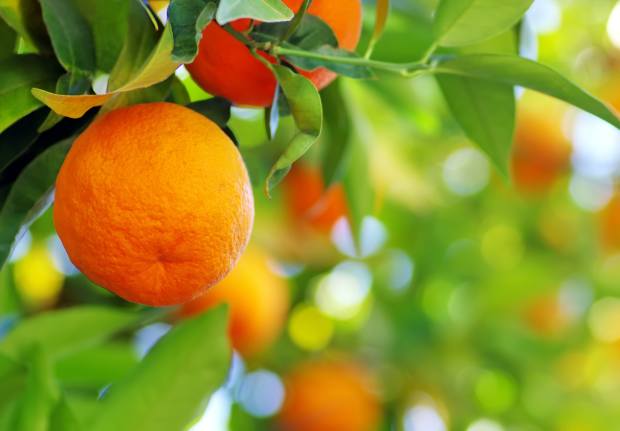
These days, everyone is likely feeling the pinch of rising food prices. Food is the third biggest expenditure for American households, behind housing and transportation, and rose to 12.4% of household spending in 2021. As of September 2022, grocery store food prices were 13% higher than in September last year, according to the USDA.
Overall agriculture, food, and related industries in the United States totaled over $1 trillion, or about 5% of the country’s GDP in 2021. Almost half (44%) of U.S. land is used for agriculture, and the direct output of America’s farms contribute $134.7 billion, or about 0.6% the the country’s GDP.
Thanksgiving is traditionally a time to celebrate harvest, and dates back to the days before the plentitude of supermarkets, when both colonists and Native Americans scraped their living off the land. Being hungry was a common worry. Crops grown by Native Americans included squash, pumpkins, gourds, sunflowers and corn, and corn was a main food source for them and the colonists.
Today, corn is still one of the biggest crops in the U.S., but the vast majority of it is used for feeding livestock and making ethanol. The corn crop in the U.S. was worth whopping $71 billion in 2021, according to the USDA.
Total commodities receipts in the U.S. in 2021 were $434 billion, with animals and related products accounting for $196 billion (45.2%) and crops $238 billion (54.8%.)
According to USDA's 2021 data, these are the biggest crops in America.

1. Cattle and calves
- $77 billion
- Share of U.S. total: 16.8%

2. Corn
- $75 billion
- Share of U.S. total: 16.4%
On average, U.S. farmers plant about 90 million acres of corn each year, nearly half (45%) is for ethanol production, which is used as a gasoline additive, solvents, and for alcoholic beverages. Another 40% is used as feed for cattle, hogs, and poultry.

3. Soybeans
- $51 billion
- Share of U.S. total: 11.2%
About 70% of the soybeans grown in the U.S. are used for animal feed, mainly poultry. About 15% is used for oils like salad oil or frying oil, and about 5% for biodiesel.

4. Dairy products, milk
- $44 billion
- Share of U.S. total: 9.6%
Though milk consumption in the U.S. has decreased, its production has increased. As a result, the U.S. government and dairy companies have been purchasing the extra milk and storing it as cheese for years, according to Visual Capitalist, which says that the U.S. has a stockpile of 1.5 billion pounds of cheese worth around $3.4 billion sitting in cold storage around the country.

5. Broiler chickens
- $33 billion
- Share of U.S. total: 7.3%

6. Hogs
- $30 billion
- Share of U.S. total: 6.5%
The U.S. has become one of the top five pork exporters in the world since 2000. Since 1990, the number of farms with hogs has declined by more than 70% -- mostly because of a trend toward fewer and larger hog farming operations, according to the USDA. This has brought environmental issues to the forefront of public policy regarding the hog industry -- as animal density increases, so do concerns regarding air and water quality, occupational health and waste management.

7. Miscellaneous crops
- $23 billion
- Share of U.S. total: 5%
The USDA isn’t forthcoming about what this category includes, other than hemp. It may include limes, which doesn’t appear as its own category, and most limes are imported to the U.S.
To give you some idea, "miscellaneous" doesn’t include small crops like mohair, papayas, spearmint oil, mink pelts or coffee. Coffee was a $66 million crop in 2021, virtually all of it grown in Hawaii, and accounted for 10% of Hawaii’s state receipts.

8. Wheat
- $12 billion
- Share of U.S. total: 2.7%

9. Chicken eggs
- $9 billion
- Share of U.S. total: 2%

10. Hay
- $9 billion
- Share of U.S. total: 2%
Most hay is used to feed livestock.

11. Floriculture
- 2021 total: $7 billion
- Share of U.S. total: 1.5%

12. Cotton
- 2021 total: $6.5 billion
- Share of U.S. total: 1.4%

13. All other animals and products
- 2021 total: $6.4 billion
- Share of U.S. total: 1.4%

14. Turkeys
- 2021 total: $6.2 billion
- Share of U.S. total: 1.4%

15. Grapes
- 2021 total: $5.9 billion
- Share of U.S. total: 1.3%

16. Almonds
- 2021 total: $5.3 billion
- Share of U.S. total: 1.2%

17. Potatoes
- 2021 total: $3.9 billion
- Share of U.S. total: 0.8%

18. Strawberries
- 2021 total: $3.6 billion
- Share of U.S. total: 0.8%

19. Rice
- 2021 total: $3.5 billion
- Share of U.S. total: 0.8%
Shutterstock

20. Apples
- 2021 total: $3.2 billion
- Share of U.S. total: 0.7%

21. Pistachios
- 2021 total: $3.1 billion
- Share of U.S. total: 0.7%

22. Lettuce
- 2021 total: $2.8 billion
- Share of U.S. total: 0.6%

23. Sorghum
- 2021 total: $2.2 billion
- Share of U.S. total: 0.5%
In the U.S., sorghum is mostly used for livestock feed and ethanol.

24. Oranges
- 2021 total: $1.7 billion
- Share of U.S. total: 0.4%

25. Tomatoes
- 2021 total: $1.6 billion
- Share of U.S. total: 0.3%

26. Peanuts
- 2021 total: $1.5 billion
- Share of U.S. total: 0.3%

27. Dry beans
- 2021 total: $1.2 billion
- Share of U.S. total: 0.3%
North Dakota, Michigan, Minnesota, Nebraska, and Idaho are the top five producing states of dry beans, according to the Agricultural Marketing Resource Center. They are mostly pinto, navy, great Northern, red kidney and black beans.

28. Sugar beets
- 2021 total: $1.2 billion
- Share of U.S. total: 0.3%

29. Blueberries
- 2021 total: $1.2 billion
- Share of U.S. total: 0.3%

30. Sugarcane for sugar and seed
- 2021 total: $1.1 billion
- Share of U.S. total: 0.3%
Sugarcane is produced in Florida, Louisiana, and Texas.







